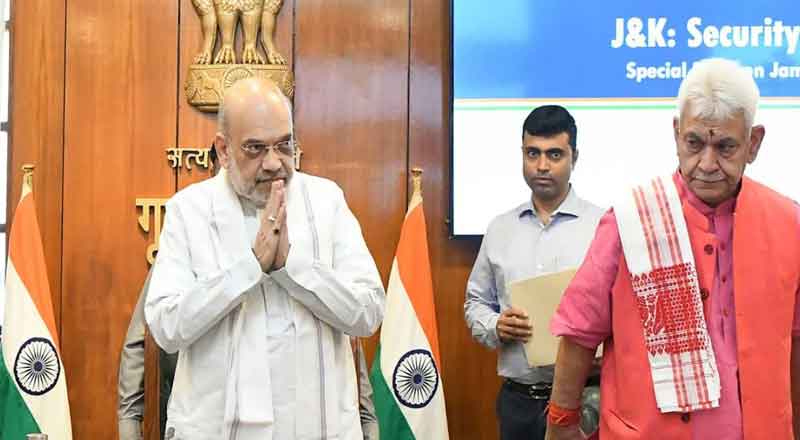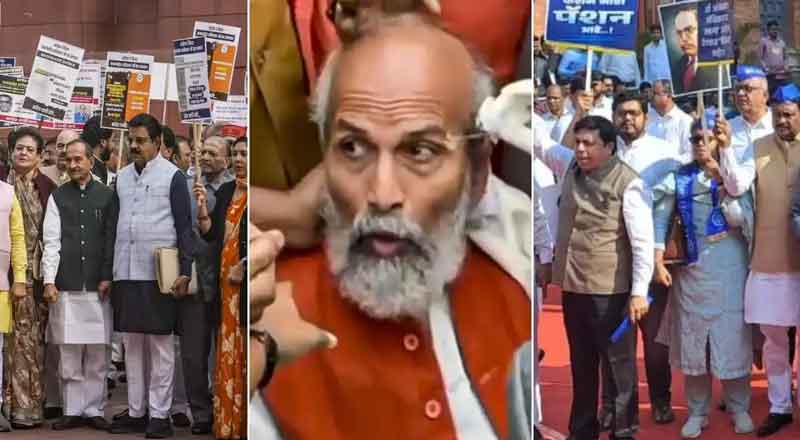The Defence Acquisition Council (DAC) on Tuesday has cleared the purchase of locally produced military hardware worth ₹7,965 crore, the Union defence ministry said. The hardware includes light utility helicopters (LUH) for the army and the air force, fire control systems for the navy, super rapid gun mounts (SRGM) for warships, and the upgrade of Dornier aircraft for coastal surveillance.
DAC, headed by defence minister Rajnath Singh, accorded its acceptance of necessity (AoN) for 12 LUHs from Hindustan Aeronautics Limited (HAL), Lynx U2 fire control system from Bharat Electronics Limited (BEL) to boost the navy’s detection, tracking and engagement capabilities, and indigenous SRGMs from Bharat Heavy Electricals Limited (BHEL) to enable warships engage fast manoeuvring targets, officials said.
Under India’s defence procurement rules, AoN by the council is the first step towards buying military equipment.
“All the proposals are under Make-in-India with focus on design, development and manufacturing in the country… In further impetus to Atmanirbhar Bharat (Self-reliant India campaign), a global procurement of naval guns has been foreclosed with the quantity added to the upgraded SRGMs manufactured by BHEL,” the ministry said in a statement.
The government over the last two years has taken several measures to boost self-reliance in the defence sector. Measures include raising foreign direct investment (FDI) in defence manufacturing, creating a separate budget for buying locally made military hardware and notifying two lists of 209 defence items that cannot be imported in bans that will be progressively enforced from 2021 to 2025.
According to former army vice chief Lieutenant General AS Lamba (retd), the indigenisation drive was finally coming of age with the government taking a comprehensive approach towards self-reliance in the defence sector.
“We are now seeing a new trend wherein the Indian industry is making complete weapons and systems in the country, in contrast to the past when indigenisation was limited to components and sub-systems,” Lamba added.





